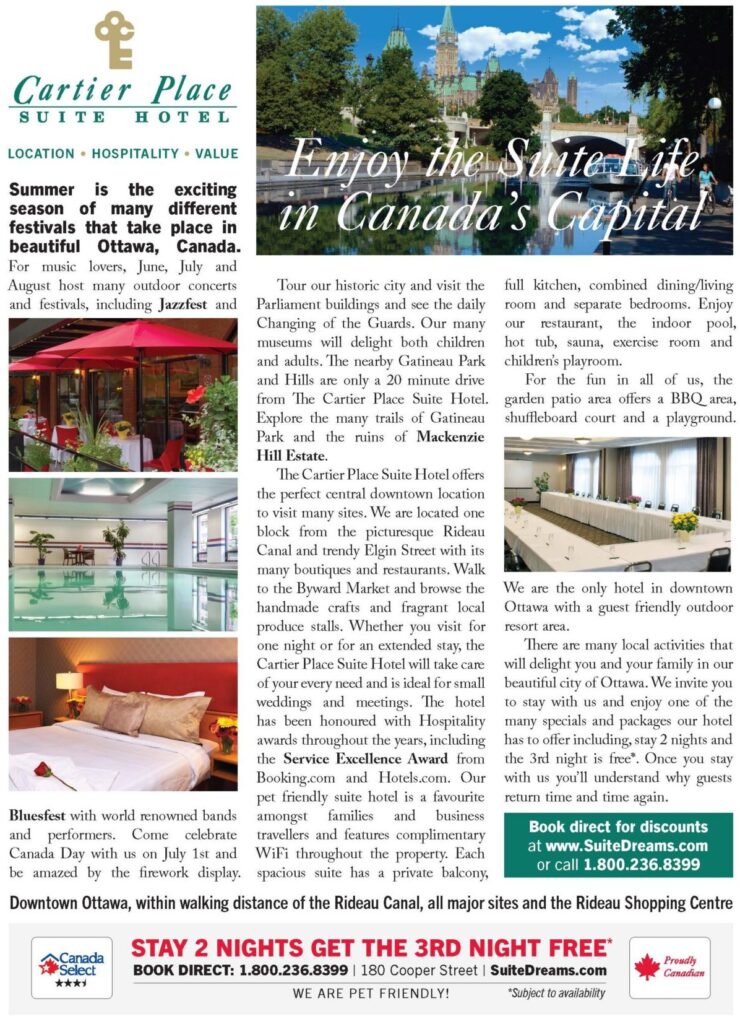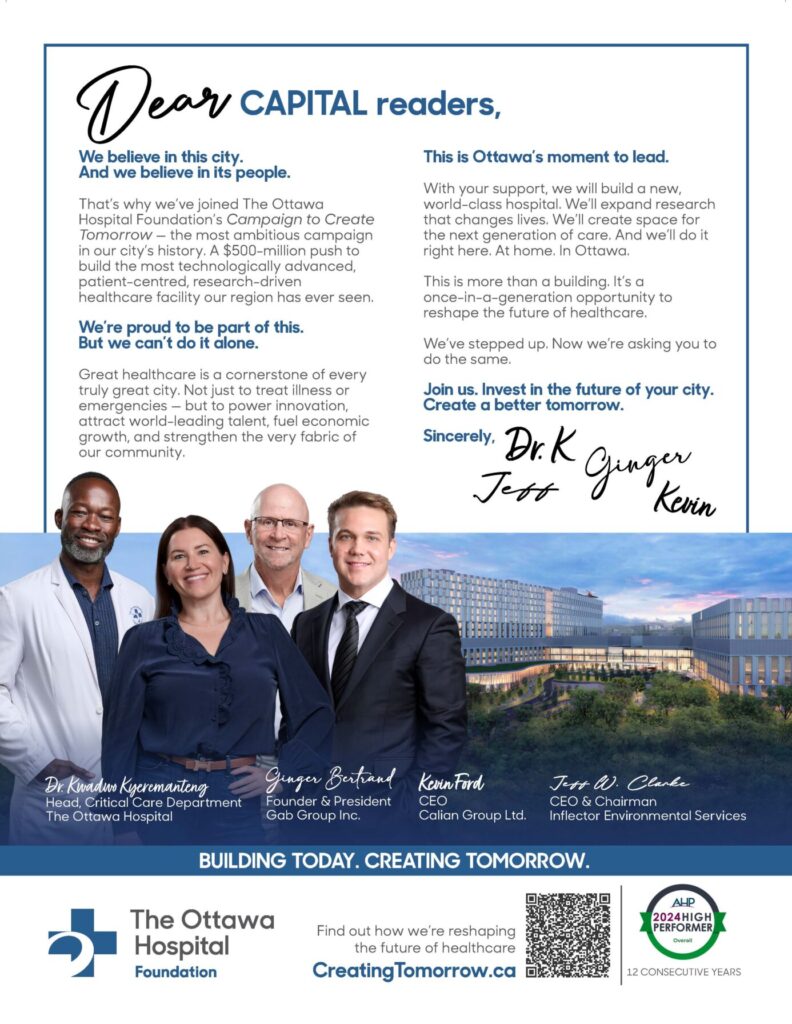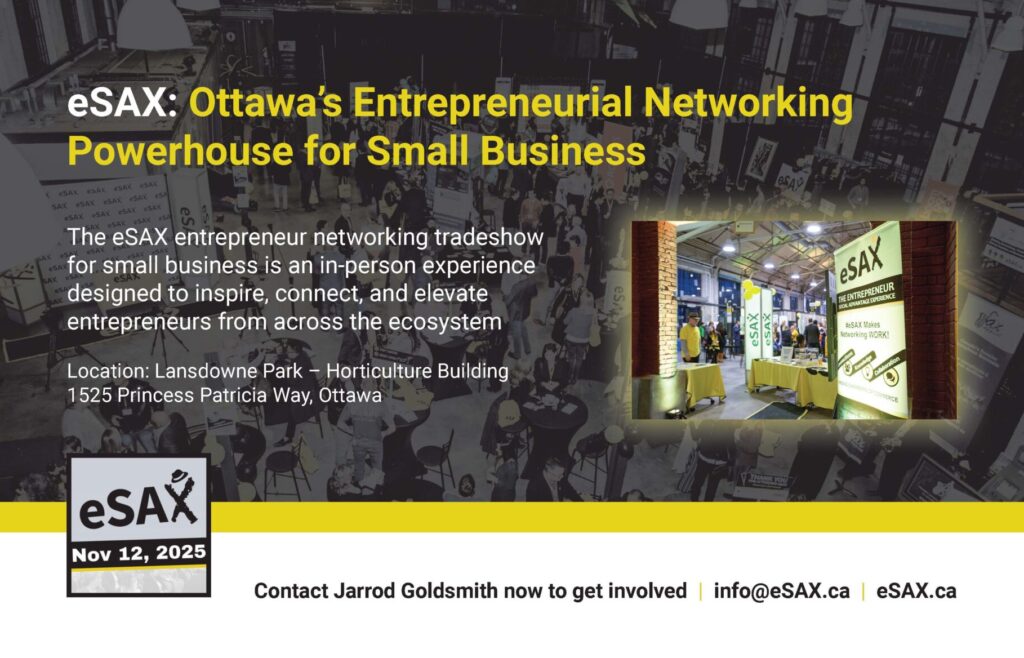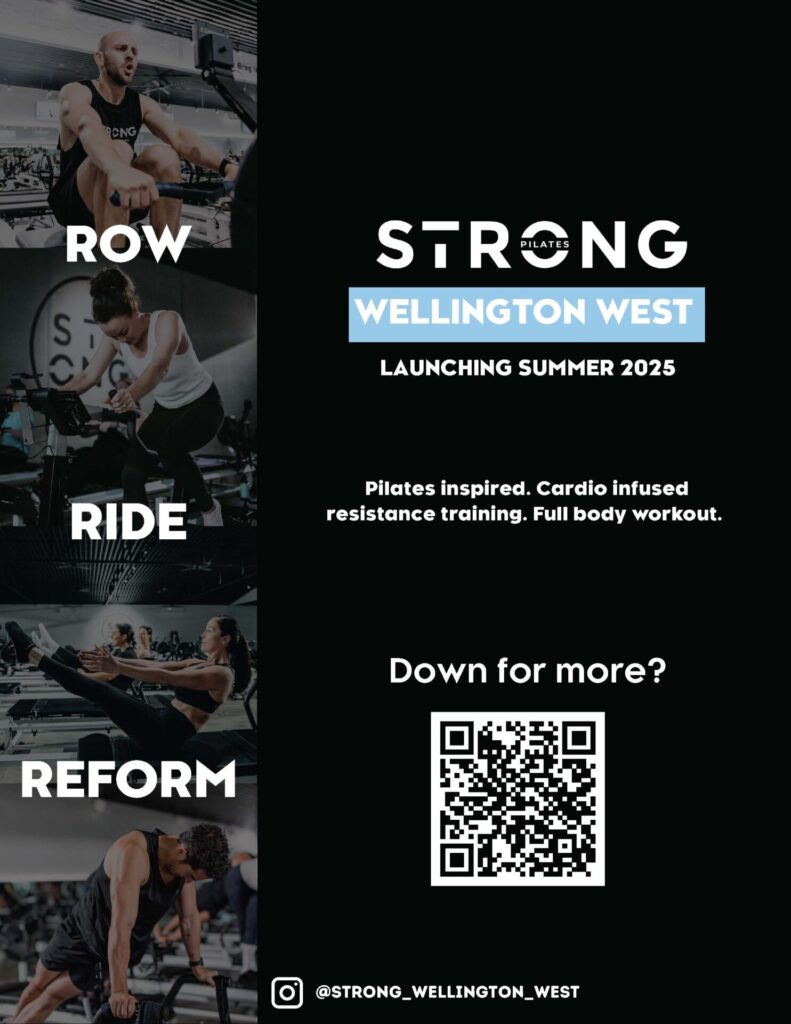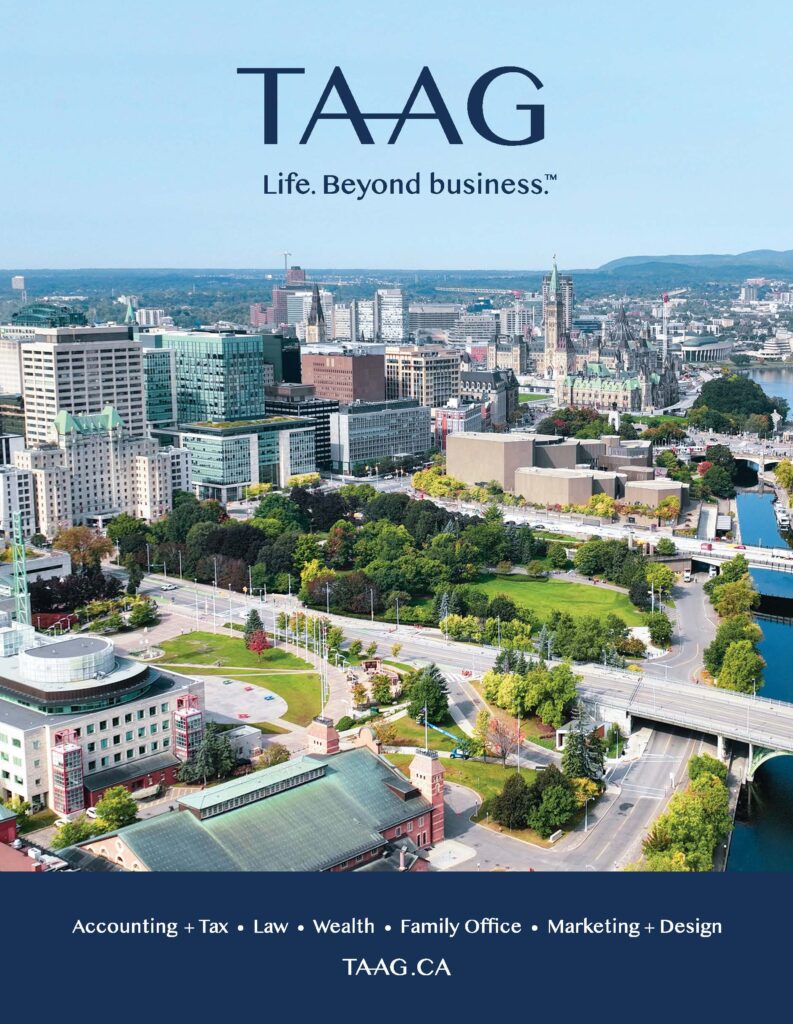CEO Talk – Creating Better Places to Live, Work and Play

MICHAEL WATERS Chief Executive Officer The Minto Group, TOON DREESSEN President and Architect Dreessen Cardinal Architects Inc., ALAN WEHBE President UTG Digital Media
Three Ottawa executives talk innovation
by Jeff Buckstein
A VIBRANT AND THRIVING ECONOMY in the National Capital Region depends on corporate innovation and creativity in design.
“There’s a huge vein of creativity that runs through our team, whether it’s folks who work on the planning side in terms of laying out new communities, or designing new properties, and even interior design and finishes,” says Michael Waters, chief executive officer of The Minto Group, one of Canada’s best known real estate companies, with headquarters in Ottawa since 1955.
“All of those things are essential elements of creativity. It’s a huge part of our corporate DNA,” adds Waters, whose firm employs about 1,200 in Canada and in the U.S. states of Florida and South Carolina. About 300 employees are in Ottawa.
Innovation is one of Minto’s four cultural values, along with accomplishment, partnership, and courage.
“Our corporate mission is to create better places to live, work and play,” says Waters. That necessitates constantly looking at processes and product with a fresh set of eyes, including looking for better ways to do things that have been done in the past, he explains.
For example, in 2015 Minto introduced Net Zero Energy Ready homes, which are designed to produce as much electricity to put into the grid as they will pull out of the grid.
“We’re trying to push the envelope on sustainable design, in concert with government authorities,” says Waters. “We believe that our role in building smarter cities is to get them to a place where the average consumer can afford it,” he notes.
UTG Digital Media produces innovative indoor and outdoor digital displays, touch screens and LED signage. The company’s digital display line of products operates with no wires, hookups, or media players— just a power plug to operate, and screen content can be remotely controlled online from anywhere in the world using the firm’s software.
“Our digital displays are an all-in-one plug-and-play system and you’re all set,” says Alan Wehbe, the president and founder of UTG, a 13-year-old business that employs 10 people in Ottawa, along with over 200 in a Hong Kong assembly plant.
“We just installed screens for the Canadian Museum of Nature which will definitely improve the customer’s experience,” says Wehbe, referencing the museum’s installation of UTG Digital Stand-up Displays to replace standard printed posters, as well as the MPoweredbyUTG Mobile Charging Station, which provides visitors a secure location to charge their cell phones.
The company won the 2017 International Digital Signage Award in the Technical Innovation: Viewing Innovation category for its work on the LED staircase in the Jewel Nightclub at Las Vegas’ Aria Resort & Casino. Its screens are designed to operate in climates ranging from minus 50 degrees Celsius to plus 70 degrees Celsius for clients ranging from the Nunavut Court of Justice in Iqaluit all the way to the Middle East.
UTG is also in the vanguard of developing future generations of digital signage. For example, notes Wehbe, UTG is currently working with a large U.S. manufacturer to create advanced smart homes.
“We’re proud we’re bringing Ottawa’s name to the world,” says Wehbe. “But it’s also very important for us to show people in Ottawa there is a company in their city that is innovative, advanced and owns its own international digital award-winning technology,” he stresses.
Toon Dreessen, president of Dreessen Cardinal Architects Inc., understands the need for local businesses to be creative and innovative. His job is to design the buildings and office space they need to do that.
“I don’t have to understand exactly what my client or tenant’s business is. But I have to understand enough about how they work and what’s important to them. My goal is to create a space where someone can do their job effortlessly [and] creatively,” explains Dreessen, who has been in practice since 2005.
Dreessen, whose partnership with Evelyne Cardinal employs 14 people, is a keen observer of whether space is being utilized efficiently. If three percent to five percent of the space can be saved in each room, then a business might be able to reduce their overall use in a building by 15 percent to 20 percent, resulting in less energy usage and a smaller carbon footprint, he says.
And that is important, because “when a business wants us to frame or position their sense of core values, one of those is around energy consumption. The choices we make in a building today have lasting impacts,” Dreessen stresses.







